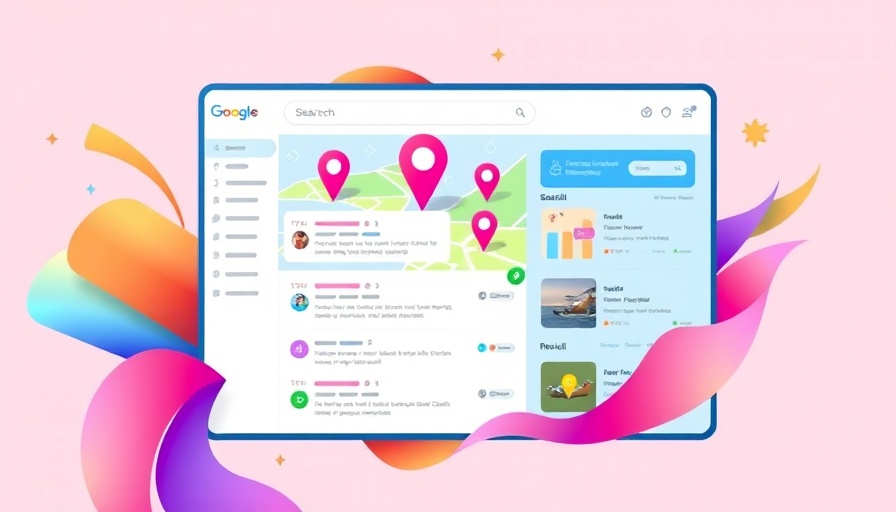
The Ultimate Guide to Mastering Google Local Pack for Your Business Success
Understanding the Google Local Pack Phenomenon
In the competitive world of local SEO, the Google Local Pack stands as a vital feature for businesses aiming to capture local clientele. This eye-catching map-based display captures user interest by appearing prominently at the top of search engine results pages (SERPs). Whether you're searching for a nearby plumber or checking out local salon options, the Google Local Pack serves as the critical gateway that connects users to local businesses. Understanding how it works and its benefits is imperative to mastering local SEO.
How Google Local Pack Impacts Your Local Business
For small business owners and marketers, appearing in the Google Local Pack isn’t just a nice-to-have—it's essential. This feature prominently displays key business information like name, address, phone number (also known as NAP data), reviews, and operation hours. It even offers direct interaction options such as call buttons and direction features. Such visibility enhances foot traffic, increases online conversions, and strengthens your local presence. To climb into this coveted Local Pack, businesses must align closely with Google's internal ranking factors, which weigh the relevance, distance, and prominence of the establishments in question.
Steps to Optimize Your Business for the Local 3-Pack
There are few critical steps that businesses can take to enhance their chances of appearing in the Google Local 3-Pack. Start by optimizing your Google Business Profile: ensure all business details are listed correctly, craft engaging descriptions, and use relevant local keywords strategically. Encouraging potential and current customers to leave positive reviews can significantly impact your rank. Also, maintain consistency with NAP information across all online directories.
Enhancing Your Website for Local SEO Success
While optimizing your Google Business Profile is crucial, don't neglect your website’s local SEO. Integrate location-based keywords thoughtfully into titles, meta descriptions, and across your site content. Employ structured data markup specifically for local businesses to help search engines better understand your site. Moreover, securing backlinks from locally authoritative sources can elevate your site's credibility and attractiveness to search algorithms.
The History and Evolution of Google Local Pack
The Google Local Pack has undergone various transformations since its inception. Initially introduced as a simple feature to enhance user experience by quickly linking local searchers with service providers, it has evolved significantly over the years. Integration of advanced attributes such as user ratings, operational timings, and direct calls to action reflect its growing importance. The transformation from a basic listing tool to a comprehensive digital marketing asset demonstrates Google's commitment to enhancing local consumer experience.
Future Predictions for Google Local Pack and Local SEO
As digital consumption trends evolve, the future of Google Local Pack appears promising. Advances might include more personalized search experiences influenced by AI technologies, expanding businesses' opportunities to appear in users’ search results. Potential developments may focus on providing users with richer, more interactive interfaces, thus further elevating the significance of local pack inclusion for businesses across various sectors.
Actionable Insights and Practical Tips for Business Owners
If you're aiming to get your business into the local 3-pack, follow these practical tactics: Regularly update your GBP with accurate information and vivid, appealing photos. Invest time in gaining authentic customer reviews and respond promptly to feedback, as engagement levels are increasingly critical. Furthermore, consider community-centered marketing and public relations strategies to generate local buzz and attract more visitors to your digital and physical presence.
 Add Row
Add Row  Add
Add 




Write A Comment